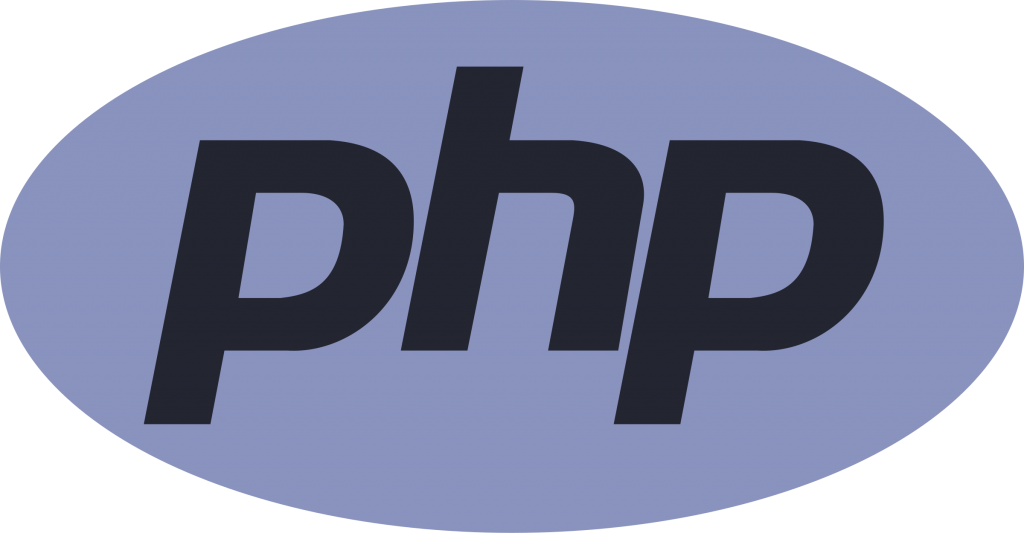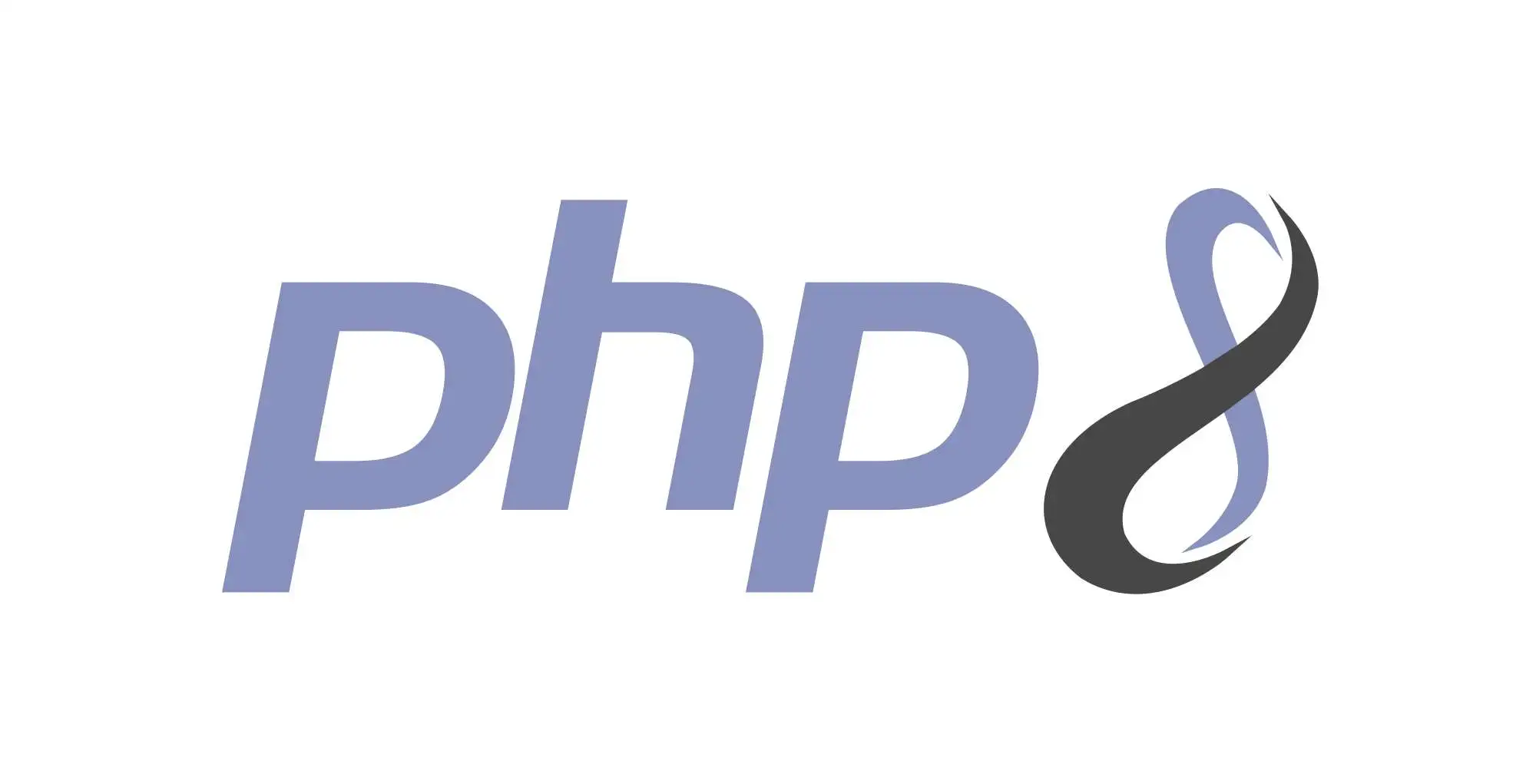Reading time: 3 minutes.
PHP, an acronym for “Personal Home Page” is a widely-used open source scripting language especially suited for web development. It can be embedded into HTML, making it a popular choice for web developers. The history of PHP is a fascinating journey through the evolution of web technology.

The Birth of PHP
PHP was created by Rasmus Lerdorf in 1994. Initially, it was a simple set of Common Gateway Interface (CGI) binaries written in the C programming language. Lerdorf had originally developed these to maintain his personal homepage, hence the original name, “Personal Home Page/Forms Interpreter” or PHP/FI.
PHP/FI could be used to build simple, dynamic web applications. It included a form interpreter for processing web forms and database interaction tools to communicate with databases. This initial version of PHP was primitive by today’s standards, but it laid the groundwork for what PHP would become.
PHP/FI and Early Adoption
PHP/FI 2, released in November 1997, was a significant update. It was still a simple scripting language but had more functionality, including support for MySQL databases. This version began to gain popularity in the burgeoning web development community.
PHP 3: Establishing a Foundation
The real turning point for PHP came with the release of PHP 3 in 1998. PHP 3 was a complete rewrite of PHP/FI by Lerdorf and two other developers, Andi Gutmans and Zeev Suraski. They improved the language’s performance and extended its capabilities, making it more appealing to developers.
PHP 3’s most significant improvement was its extensible architecture, allowing developers to extend the language with custom modules. The release of PHP 3 marked PHP’s emergence as a programming language in its own right, rather than just a tool to manage personal home pages.
PHP 4 and the Zend Engine
In 2000, PHP 4 was released, powered by the Zend Engine, a highly optimized execution engine for PHP. Gutmans and Suraski, who had played a pivotal role in the development of PHP 3, developed the Zend Engine. PHP 4 offered improved performance, enhanced security features, and better support for web standards.
PHP 4 solidified PHP’s position as a robust and reliable choice for web development, being used on millions of websites. Its ease of use and efficiency in delivering dynamic web content made it extremely popular.
PHP 5: Object-Oriented Programming
PHP 5, released in 2004, marked another significant milestone. It introduced full-fledged support for object-oriented programming (OOP), making PHP more scalable and capable of building complex, large-scale web applications.
Other notable features of PHP 5 included improved support for MySQL with the introduction of MySQLi (“i” stands for “improved”) extension and the inclusion of PHP Data Objects (PDO), which provided a consistent interface for accessing various databases.
PHP 6: The Missing Version
PHP 6 was an ambitious project that started around 2005 but never saw an official release. The primary goal of PHP 6 was to introduce native Unicode support to the PHP core, but the challenges associated with this task led to its eventual abandonment.
PHP 7: A New Era
The failure of PHP 6 led to a significant reevaluation. The result was PHP 7, released in 2015. PHP 7 was a leap forward in terms of performance, with execution speeds significantly faster than its predecessor. It introduced several new features, such as return type declarations and improved error handling, and removed deprecated features from past PHP versions.
PHP 7’s enhanced performance and reduced memory consumption reinvigorated the PHP community and reaffirmed PHP’s position as a leading language for web development.
PHP 8: Modernizing the Language

PHP 8, released in 2020, continued the evolution of the language. It introduced features such as Just-In-Time (JIT) compilation, attributes (also known as annotations in other languages), and union types, among other improvements. These enhancements further modernized PHP, making it even more efficient and powerful.
The Present and Future of PHP
Today, PHP remains a cornerstone of web development. It powers many of the world’s most popular websites and applications. The language is continuously evolving, with an active community and ongoing updates that address the needs of modern web development.
As we look to the future, PHP’s adaptability and ongoing improvements suggest that it will remain a crucial tool for web developers. Its story—a tale of humble beginnings, constant evolution, and enduring relevance—is a testament to the dynamic and ever-changing world of technology.





